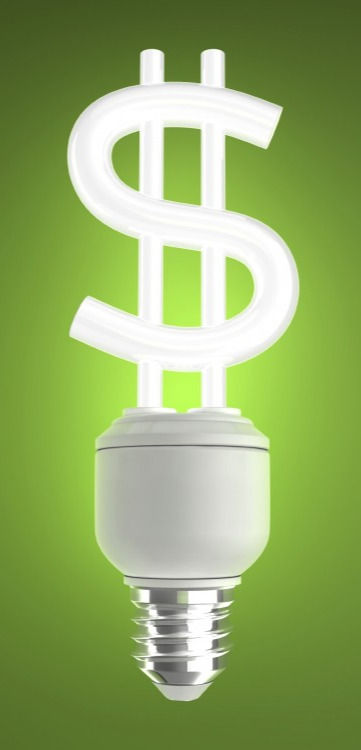Why Electricity Should Be More Expensive
We don’t pay enough for electricity in the United States, and it’s hurting us. U.S. utilities do not have the money or the incentive to reinvest in a rapidly aging grid while they also look for increasing reliability, resilience, and grid capabilities to handle new loads and new forms of generation. The result will be the slowing of a transition to cleaner energy resources, more vulnerability to increasingly severe weather events, and declining system reliability at a time when daily life and economic recovery are more dependent than ever on electricity.

The adjusted-for-inflation cost of electricity in the U.S. has gone steadily down since the early Seventies after holding relatively steady for the 40 years previous. Why? Because the Forties, Fifties, and Sixties were years of great investment in the energy grid as we built out our country’s comprehensive transmission and distribution infrastructure.
By the early Seventies, we had the preponderance of today’s grid in place, and it was supposed to last up to 25 years. However, 50 years later, U.S. regulators have been hesitant to signal for utilities to make the investments needed to modernize the grid. Instead, the focus has consistently been on keeping costs down. As a result, the American Society of Civil Engineers gives the U.S. energy infrastructure a D+ rating in its most recent report card. It is time to reinvest in the system that delivers electricity.
We are standing at the precipice of a fundamental shift in our energy system, and these next steps are going to be expensive, but worth it. A myriad of technologies we have long heard about but only now see as truly cost-competitive are ready to improve our economic and personal lives, but making these things work will require a distribution grid that looks different from what we have today.
Connecting renewables and electric vehicles means two-way power flows with considerably increased data collection and communication on the grid. Keeping the lights on after extreme weather or fire events requires more advanced switching solutions and a grid that can heal itself. Minimizing the damage of inevitable cyberattacks means investments in physical and electronic protections coupled with microgrids that can operate independently. All of this is going to cost money, but it will mean a grid that can deliver the capabilities we need for a 21st century economy (reliability, clean energy, electrification of transportation and heat, etc.).
Finally, we must recognize electricity costs are inherently regressive. Low-income families spend a much larger percentage of their monthly income on electricity and increasing costs would be hardest on this group. By creating a default energy price that funds the system we need, it is also possible to include funding for family energy security. Energy shouldn’t be free for anyone, but there must be easily accessible programs to support energy use among Americans of every income level.
No one likes higher electricity prices, but the time has come to recognize we are not paying the true cost of this resource, and higher prices could support transitions that will spur economic growth and save lives. And none of these issues even address the unaccounted for externalities of public health and climate change related to energy generation.
We have used up our 25-year investment (and then some). We are asking the grid to do more each year. Grid reliability and resilience are the keystones of our economic recovery. Like any good investment, spending this money now will save us money in the long run by allowing us to leverage new, cost-effective technologies while avoiding costly outages. Our electricity system isn’t cheap. We need rates to reflect that.



















Коментари